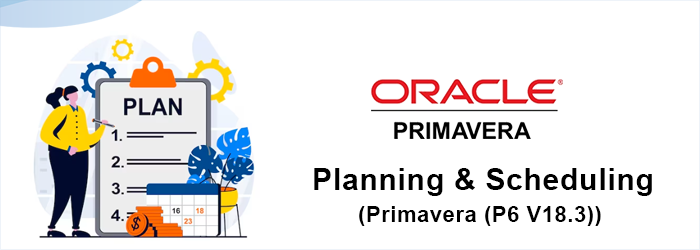

The course uses P6, Primavera Web-based project management tool. It is divided into four
sections: Overview and Creating a Project; Scheduling the Project and Managing Data;
Assigning Resources and Base lining; and Project Execution and Control.
Participants will create a project, add activities and relationships, assign resources,
adjust the project plan to account for schedule delays and over allocated resources, and
analyze portfolios. Participants will also learn how to customize the personal works
pace and the project works pace to monitor project progress and communicate with team
members. Oracle BI and BPM are not covered in this course.
Primavera certification training offers comprehensive learning, hands-on experience, and certification options. It's flexible, led by experienced instructors, and includes practical scenarios. You can choose from various formats, network with peers, and stay updated with the latest features. Primavera certification can boost your career in project management.